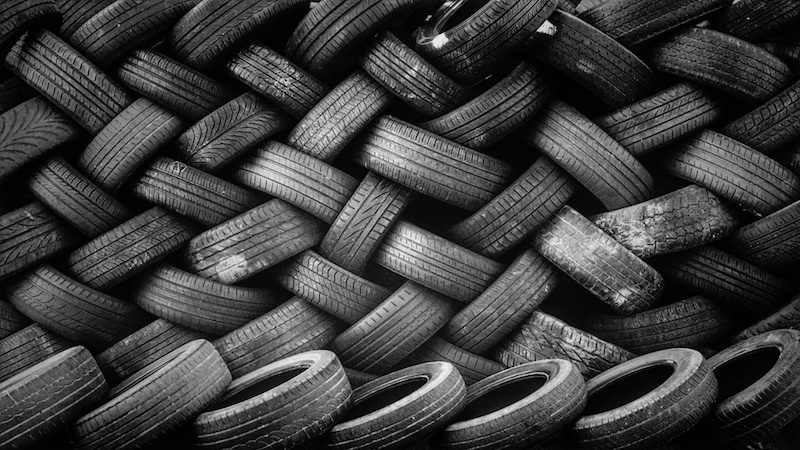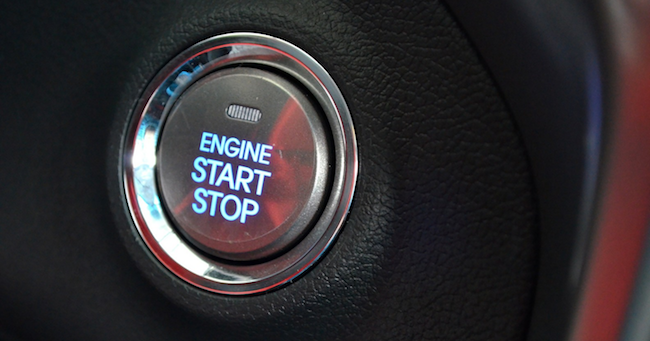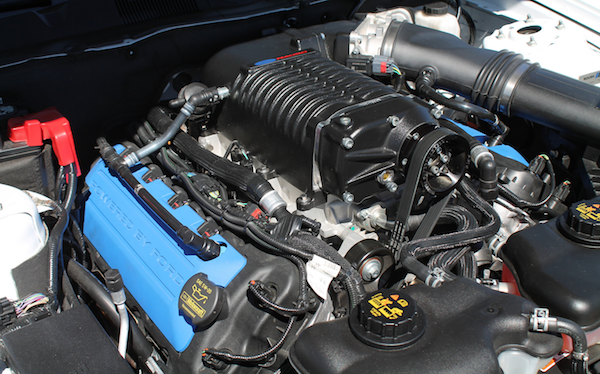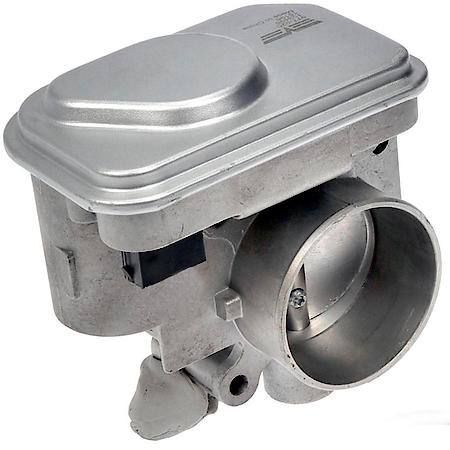Source | Chris Isherwood/Flickr
When that check engine light comes on, many drivers start thinking about their bank accounts. They wonder if they need to immediately pull over and have it towed for an expensive repair, or if the issue is something minor that can wait a few days. The light sure gets your attention, even if you're an expert DIYer. But what does it mean?
There's a way to find out. Code readers are affordable DIY tools that provide valuable information about the state of your vehicle and, potentially, a solution to the problem.
Wait, why even have computers in cars?
Story time: Volkswagen and Bosch created the first electronic fuel injection system in 1968, but computer controls didn't really catch on in the US until the late 1970s. With increasingly strict emissions standards, plus a couple of gas shortages, the new engine control unit (ECU) would reduce the car's emissions and improve fuel economy. These initial computers were connected to just a few sensors. They could read the incoming data, compare that info against tables stored in permanent memory and adjust the controls as needed for the ideal result.
It worked. Air pollution improved, fuel economy increased and basic ECUs picked up more and more sensors. This was the first era of on-board diagnostics computers, later called OBD-I.
Problems popped up when you tried to take your fancy new 1980 Ford Escort LX to your favorite local mechanic. They didn't have the tools to diagnose your new ride because they didn't want to buy a $5,000 diagnostic tool just for Fords. See, each manufacturer built computers according to their own specifications, so a Ford diagnostic tool wasn't going to work on a Dodge, and small shops couldn't afford to buy a tool to service every brand.
Fortunately, the Society of Automotive Engineers (SAE) got together with the Environmental Protection Agency (EPA) to come up with industry-standardized diagnostics and connectors. Starting January 1, 1996, OBD-II became standard.
How a code reader works
When an automotive sensor fails, its specific outputs change. For example, let's say the air intake temperature sensor gets corroded over time and eventually fails to work. The ECU is looking for a specific signal range from that sensor and will throw up a check engine light and store a code “P0113" or similar if that signal fails to register to the ECU. When the ECU doesn't receive a signal within normal operating tolerances, the ECU illuminates the check engine light to get your attention. In short, the check engine light alerts you to a problem, and the stored code tells you what the problem is.
The code reader connects to your 16-pin OBD-II port, usually located under the steering column. The code reader and ECU use the same programming language and are able to communicate, so the reader understands that “P0113" is a failed air intake temperature sensor and puts this on the display screen. With this knowledge, you can take a quick trip to the auto-parts store and replace the sensor. If the code is still stored after replacement and starting the engine, you can manually clear the error code by setting the code reader to erase it from memory.
You asked, we answered. Code readers are on hand at your local Advance Auto Parts to help you diagnose a vehicle problem.
How code readers help you
With industry-standard connection and software, the previously expensive mechanic's equipment quickly became affordable for the average motorist. The simplest and cheapest readers will only display the error code. Something like “P0300" will show in the display window. Then it's up to you and Google to decode it — in this case, a misfire not tied to any specific cylinder.
Going up slightly in price, more advanced code readers usually have large display screens. These readers can display the error in plain language or offer the ability to read and reset ABS brake codes or the SRS airbag light. Instead of just the displayed error code, you might see something like “oxygen sensor 1, bank 1." And instead of spending time digging through Google's search results, you can go buy the oxygen sensor and install it. This saves you time, hassle and probably money, too. You can skip the dealership service bay and the aggressive upsell on services.
While more complex, these advanced code readers are still easy to use. If you can download and install a smartphone app, you have the technical skill level to use a code reader. People sometimes get intimidated by any product with the word “diagnostics" in the name, but this might be the easiest tool you can use on a vehicle. Literally, you just plug it in.
Skirting the system
Now, don't just buy a code reader to clear your check engine light so you can pass the emissions test or safety inspection. It doesn't work like that. Inspections technicians have advanced code readers that can detect when there is still an issue with your vehicle. Remember, turning out the light doesn't make the issue go away. The fuel injector or oxygen sensor that triggered the check engine light is still malfunctioning, even if you temporarily cleared the code. The code-erase function should be used after the repair to validate that the issue is fixed.
Have any advice on using a code reader? Let others know in the comments below.









